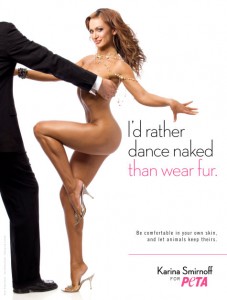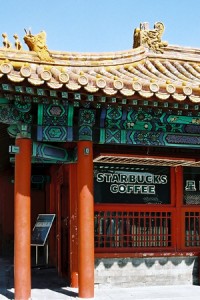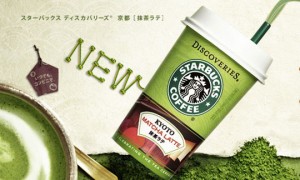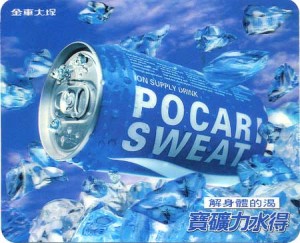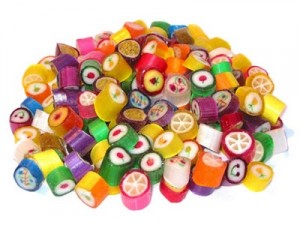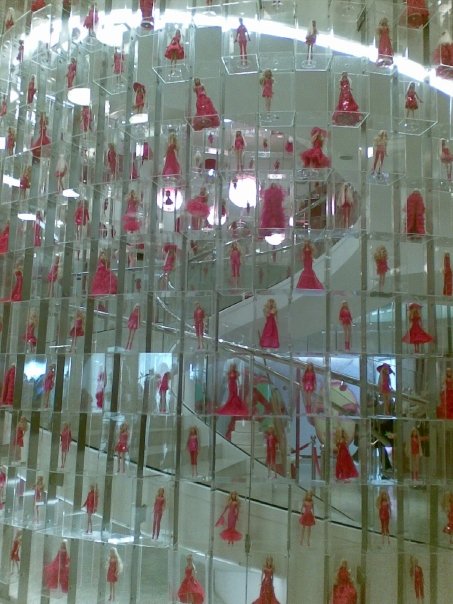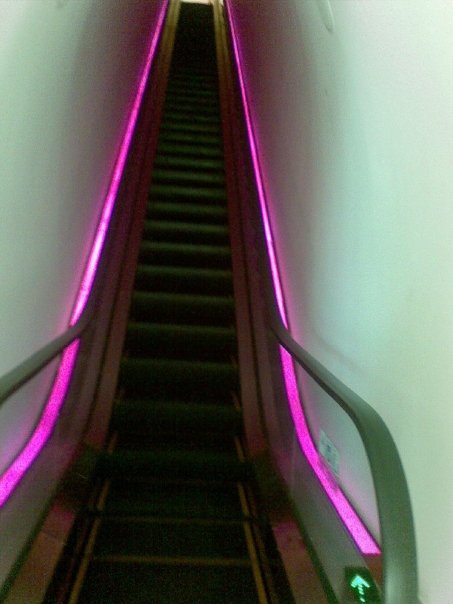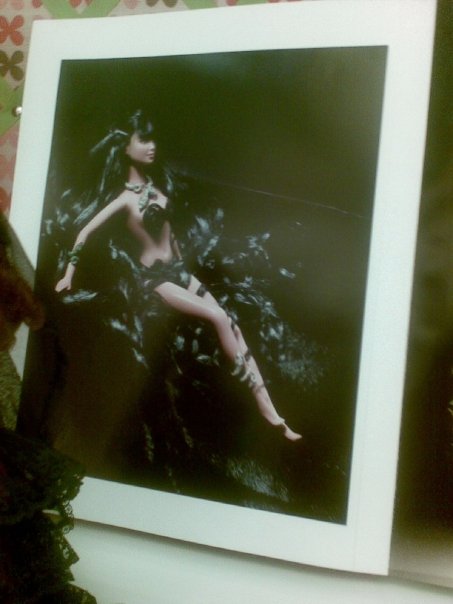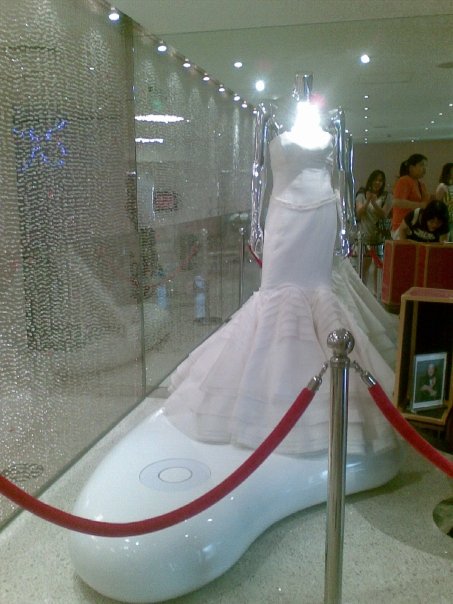When you see a fairytale princess, you wished it was real. When you see a Cluedo character while playing the game, you wondered what it is like to have such a character come alive? When you stumbled across ‘Winnie the Pooh’ when you were a child, you thought – Do such characters really exist? (or at least I did in regards to fairies)… Where does personifying a character come into place?
Talk about the “Milka” chocolate… the purple calf. Reading the news article of how Purple “Milka calf” becomes an attraction in Serbian village, it made me pondered about the power of branding. The fact that the inhabitants of the village region found the calf to be a real attraction shows that “Milka” must have indeed been in the inhabitants’ schema. For them to be able to link the violet calf to the purple calf in “Milka”, this means that the chocolate brand must have indeed be very well-known and well-liked. In other words, when they think of chocolate, they think of “Milka”. Such recognition is an example of successful branding and advertising.

Taken from Milka
Taken from “Purple “Milka calf” becomes an attraction in Serbian village”
The calf is already an iconic symbol. As a marketing student, we are always on the ball to think of new ideas. What would it be like, if Kraft marketers, could use this opportunity to prime “Milka”, such that when consumers see a calf elsewhere, or something adorable, they are primed to think of “Milka” from now on…





